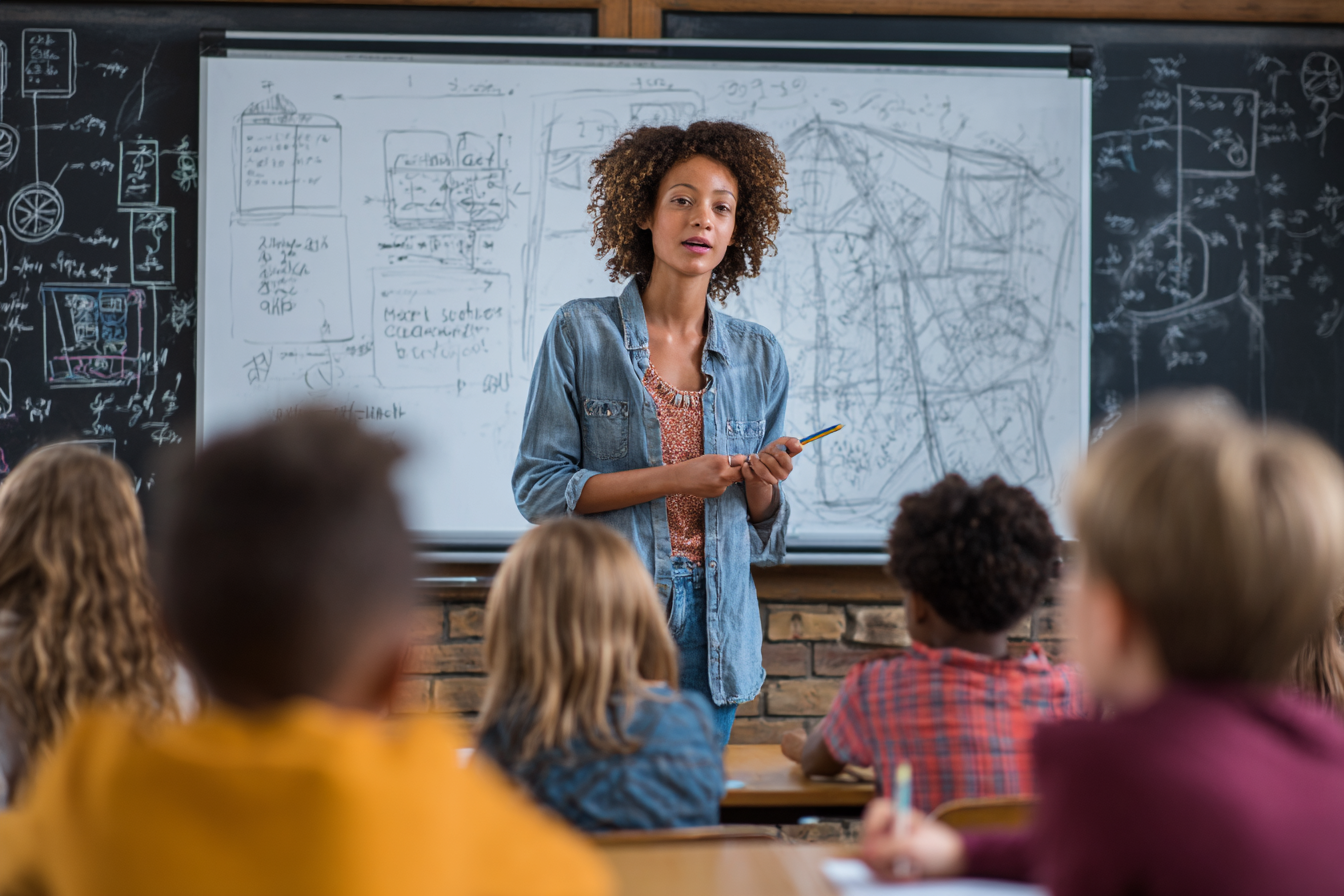Unit Plan 18 (Grade 4 Social Studies): Midyear Project — From First Peoples to Statehood
Students create a visual timeline or digital museum showing the state’s story from First Peoples to statehood, using primary/secondary sources to explain key events, perspectives, and patterns of continuity and change.

Focus: Create a visual timeline or digital museum exhibit that tells the story of the state from First Peoples (Indigenous nations) to statehood, highlighting cultural continuity and change. Students form their own historical questions, gather and evaluate primary/secondary sources, and use evidence to explain key events, turning points, and perspectives over time.
Grade Level: 4
Subject Area: Social Studies (History • Inquiry/Skills)
Total Unit Duration: 5 sessions (one week), 45–60 minutes per session
I. Introduction
Students step into the role of curators and historians by designing either a visual timeline (on paper or as a slide deck) or a digital museum gallery that spans from Indigenous presence in the region to statehood and a few early state milestones. They revisit and apply earlier learning about Indigenous homelands, exploration, settlement patterns, interactions among groups, and the path to statehood. Using sources (maps, images, texts, markers), they choose key events, decide what to include, and write short evidence-based labels that show both change and continuity in cultures, communities, and government.
Essential Questions
- How can a timeline or museum exhibit help tell the story of our state from First Peoples to statehood?
- What key events, people, and places best show continuity and change in our state’s history?
- How do Indigenous homelands, cultures, and traditions continue even as exploration, settlement, and statehood brought change?
- How can we use primary and secondary sources to answer our own historical questions about the state?
- How should historians and students decide which events and voices to include when telling a shared story of the past?
II. Objectives and Standards
Learning Objectives — Students will be able to:
- Form at least one compelling historical question and a few supporting questions about the state’s history from First Peoples to statehood.
- Create and/or interpret a timeline or gallery sequence of state/local events, using chronological vocabulary and intervals (e.g., long ago, century, decade, earlier/later).
- Describe Indigenous peoples of the region (homelands, food, housing, movement, cultural traditions) and identify examples of continuity and change in their lives over time.
- Explain how exploration and settlement patterns and interactions among groups (Indigenous nations, settlers, traders, government officials) led to causes and effects in the path to statehood.
- Use primary and secondary sources (maps, images, short texts, markers, digital resources) to summarize who/what/where/when/why for selected events.
- Evaluate sources for relevance, credibility, and perspective, and distinguish fact from opinion in at least one source set.
- Develop a short written or oral explanation for each exhibit item, using evidence and simple citations (title/author/source) where appropriate.
- Present a visual timeline or digital museum that shows at least 6–8 events or “stops”, including Indigenous presence, exploration, early settlements, and statehood, with notes on continuity and change.
Standards Alignment — 4th Grade (C3-based custom)
- 4.C3.Hist.1 — Create/interpret timelines of state/local events; use chronological vocabulary and intervals.
- Example: Timeline from Indigenous presence to statehood to today.
- 4.C3.Hist.2 — Use sources to distinguish past/present; identify change and continuity in community/state.
- Example: Compare maps from 1850 and today to show growth patterns.
- 4.C3.Hist.3 — Describe Indigenous peoples of the region (homelands, cultures, continuity and change).
- Example: Summarize how environment shaped a nation’s food, housing, and movement.
- 4.C3.Hist.4 — Explain exploration/settlement patterns and interactions among groups; note causes/effects.
- Example: Causes of a trading post’s location and its impacts on nearby communities.
- 4.C3.Hist.5 — Use primary/secondary sources to answer questions; summarize who/what/where/when/why with evidence.
- Example: Analyze a treaty excerpt and a historian’s summary to explain differing perspectives.
- 4.C3.Inq.1 — Form compelling/supporting questions about our state and regions.
- Example: “How did geography shape our state’s earliest settlements?”
- 4.C3.Inq.2 — Gather information from multiple sources (maps, charts, primary/secondary texts, interviews, digital).
- Example: Use a state atlas, census table, and historical marker to study a town.
- 4.C3.Inq.3 — Evaluate sources for relevance, credibility, and perspective; distinguish fact/opinion.
- Example: Identify author point of view in a local history article.
- 4.C3.Inq.4 — Develop claims/explanations with evidence and citations (title/author/source).
- Example: Write a paragraph explaining why a capital city was located near a river, citing two sources.
Success Criteria — Student Language
- I can ask at least one big question and several smaller questions about our state from First Peoples to statehood.
- I can build a timeline or museum sequence that shows events in order with clear labels and time words like earlier, later, and century.
- I can describe Indigenous homelands and cultures and point out at least one way they continued and one way they changed over time.
- I can use maps, images, and texts to find out who/what/where/when/why for events and show cause and effect.
- I can tell the difference between a fact and an opinion in a source and explain the perspective of the author or creator.
- I can write or say short labels and explanations for my timeline/museum items that use evidence and name where I found my information.
- I can explain how my project shows continuity and change from First Peoples to statehood.
